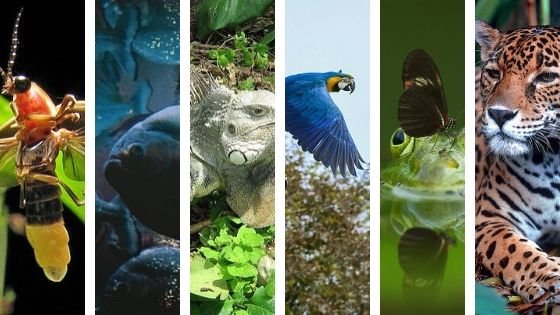
The Amazon is the largest tropical rainforest on the planet. It’s a megadiverse geographic area delimited by the Amazon River basin , which is shared by at least 6 countries: Bolivia , Brazil , Colombia , Ecuador , Peru and Venezuela . Although some authors include 3 others: Guyana, Suriname and French Guiana.
Amazon Rainforest biodiversity facts – World Records
The Amazon Rainforest Animals biodiversity (or number of species) is greatest for small animals, such as insects , amphibians , reptiles , birds , and fish .
On the other hand, this diversity is lower for large animals with longer gestation periods, such as many terrestrial and aquatic mammals , which tend to be the most vulnerable and are threatened by human activities. Among them we find cats or felines such as the jaguar , aquatic mammals such as the pink dolphin, and equids such as the Amazonian tapir just to name a few.
Insects
Towards the second half of the 20th century, specialists worldwide estimated the total number of animal species at 1.5 million.
However, after visiting and studying the beetles of the humid forests of Central America and later of the Amazon, the curator of the department of entomology of the Smithsonian Institution Terry L. Erwin calculated in 1982 that in the world there must have been more than 30 million species counting only insects .
October 25, 2020
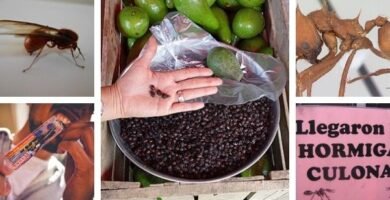
Big-Ass ants (Atta laevigata)
May 18, 2020
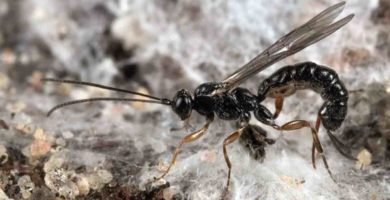
Giant Stinger Wasp (Clistopyga crassicaudata)
May 6, 2020
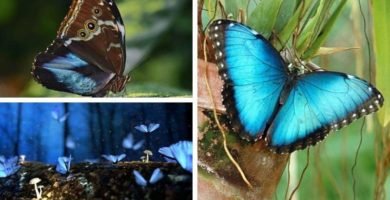
Blue morpho butterfly facts: habitat, size, scientific name and tatoos!
May 4, 2020
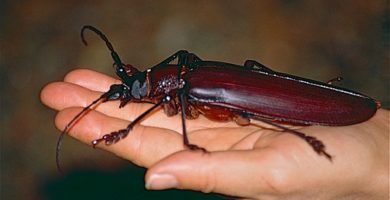
Giant beetle
March 22, 2020

Bullet ant (Paraponera clavata)
February 20, 2020
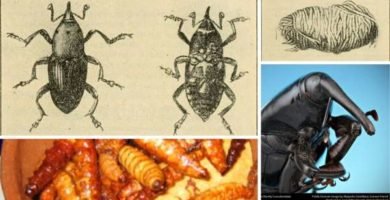
Rhynchophorus palmarum – Pest, Superfood or Medicine?
February 19, 2020
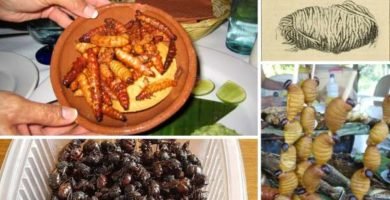
Edible Insects of the Amazon Rainforest
Fish
With its more than 2,000 registered fish species, the Amazon basin exceeds the number of fish species in the entire European continent by more than 10 times.
August 16, 2020
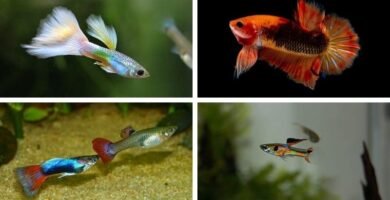
Ornamental fish
August 14, 2020
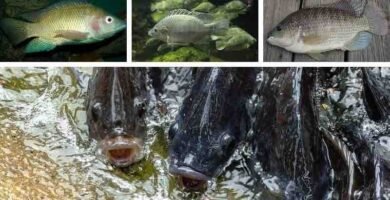
Tilapia fish (Oreochromis sp.) Characteristics
August 12, 2020

Llambina fish (Potamorhina altamazonica)
August 10, 2020
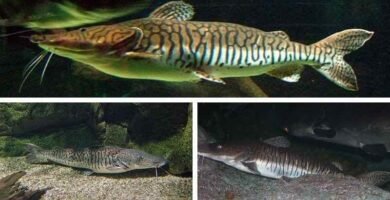
Surubi Fish (Pseudoplatystoma fasciatum)
August 8, 2020
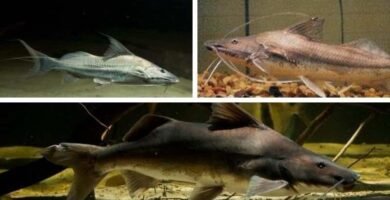
Piraiba, Laulau catfish or Manitoa (Brachyplatystoma vaillantii)
August 6, 2020
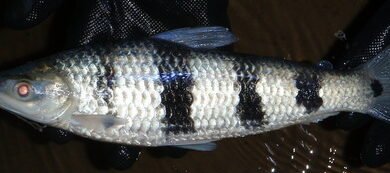
Lisa (Schizodon fasciatus)
August 4, 2020
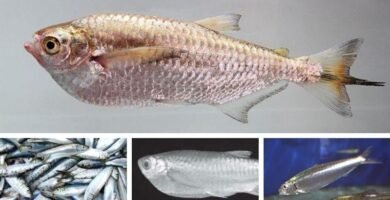
Sardine
August 2, 2020
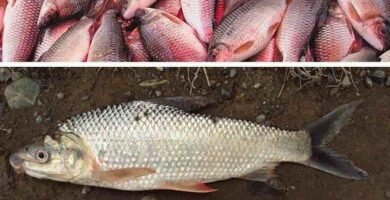
Bocachico fish (Prochilodus magdalenae)
July 31, 2020
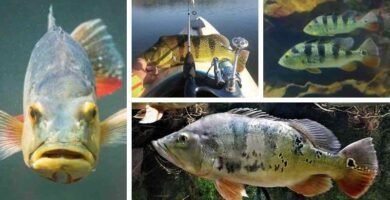
Tucunaré: an intelligent, strong and very tasty fish
April 29, 2020
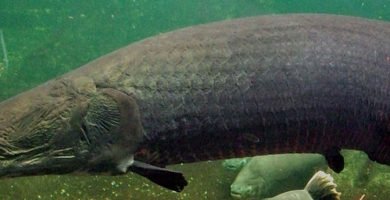
Paiche or pirarucu (Arapaima gigas)
March 25, 2020

The piranha: spirit of evil?
Amphibians
The Santa Cecilia region, in the Ecuadorian Amazon , boasts the highest number of amphibian species per square kilometer in the world. Amphibians include anurans such as toads or frogs, caecilians and newts. In the Amazon rainforest, the dart frogs stand out because of its deadly poison, but there are also introduced species such as the bullfrog, and other species of poisonous frogs such as the famous Kambo frog, which is considered the ayahuasca of the animal kingdom.
July 7, 2020
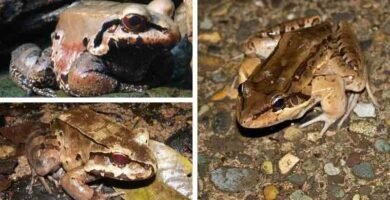
Smoky jungle frog
April 30, 2020

Poison Dart Frog (Phyllobates terribilis) – The most powerful poison in the world
April 28, 2020

Glass-frog
November 17, 2019
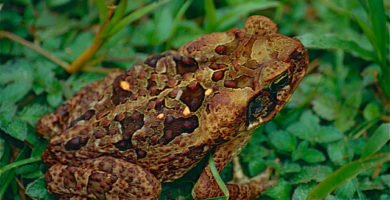
Cane Toad / Giant Toad (Rhinella marina)
November 17, 2019
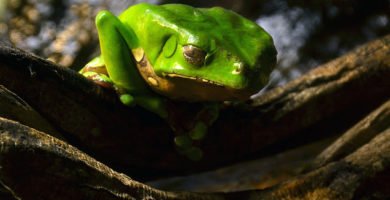
Kambo (Phyllomedusa bicolor)
Mammals
Peru, Colombia and Brazil are among the top 10 countries with the greatest biodiversity of mammal species on the entire planet.
In this group of animals we find emblematic species of the Amazon jungle such as the jaguar and the pink dolphin. But also other felines such as the ocelot, and other aquatic mammals such as the river manatee.
The existence of giant animals such as the giant armadillo, the capybara, chiguiro or capybara, which is the largest rodent in the world, the giant otter , never ceases to amaze us.
Another large subgroup within the mammals are the monkeys or primates , among which we find the famous marmoset monkey, the capuchin monkeys, the spider monkey, the howler monkeys among others.
August 24, 2022
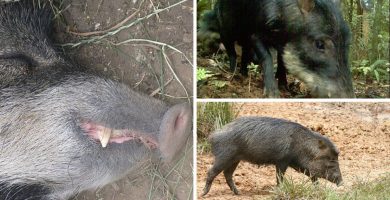
Huangana (Tayassu peccary): a species of white-lipped peccary.
August 22, 2022

Agouti, Añuje or Guatusa (genus Dasyprocta spp.)
August 20, 2022
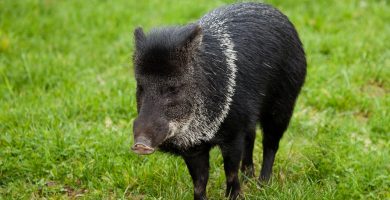
Sajino, collared peccary or peccary peccary (Tayassu tajacu)
November 5, 2020

Monkey Island – Leticia (Colombia) “Isla de los Micos” Review
October 11, 2020
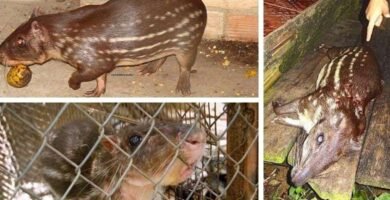
Lowland Paca or Agouti Paca (Cuniculus paca)
May 20, 2020

Giant Armadillo – The Armoured Beast of the Amazon Rainforest
May 14, 2020

Giant Otter
May 8, 2020
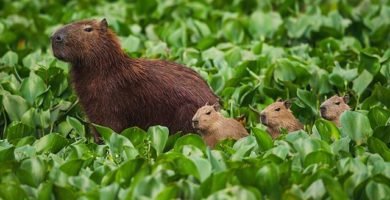
Capybara or chigüiro
April 18, 2020
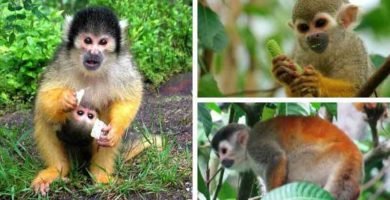
Marmoset monkey, squirrel monkey or pygmy marmoset
April 16, 2020

Spider monkey
April 14, 2020
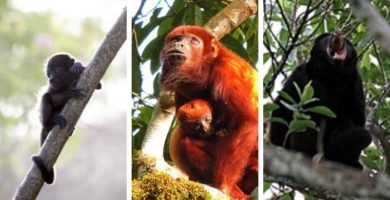
Howler Monkey
March 20, 2020

The Amazonian manatee (Trichechus inunguis)
Birds
In the Tambopata reserve in Peru they hold the world record for the greatest diversity of bird species in the same place. Some of the bird species found there are:
July 28, 2020
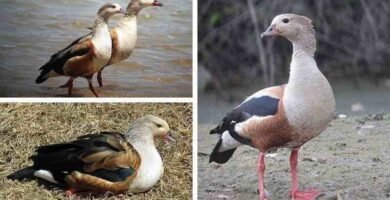
Orinoco Goose
July 26, 2020
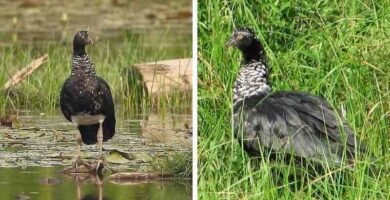
Horned screamer
July 24, 2020
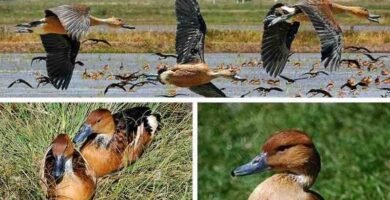
Fulvous Whistling duck
July 22, 2020
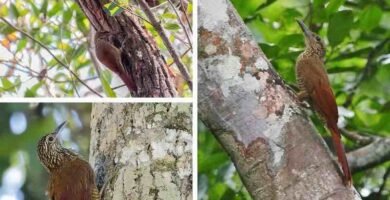
Black-banded woodcreeper (Dendrocolaptes picumnus)
July 20, 2020
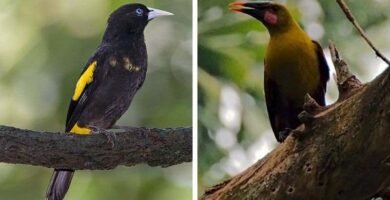
Yellow-rumped cacique
July 18, 2020
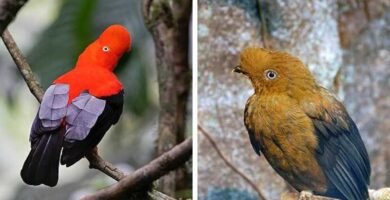
Andean Cock-of-the-rock – Amazon Rainforest Birds
July 16, 2020
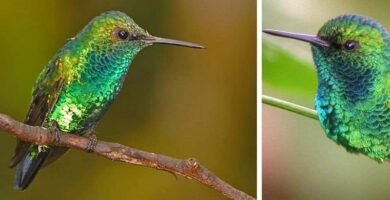
Emerald hummingbird / Emerald chiribiquete
July 14, 2020
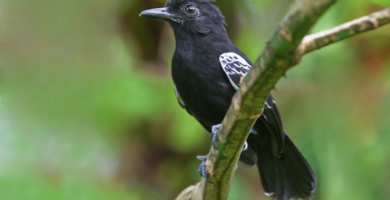
Castelnau’s antshrike
July 13, 2020
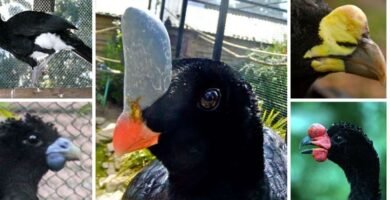
The Curassow from the Amazon Rainforest
July 9, 2020
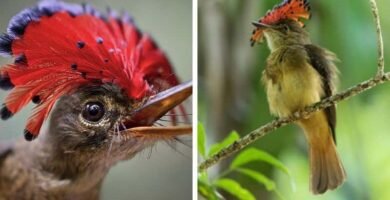
Amazonian Royal flycatcher
July 6, 2020
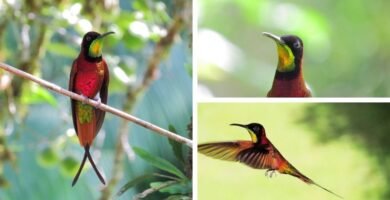
Scissor-tailed hummingbird
July 3, 2020
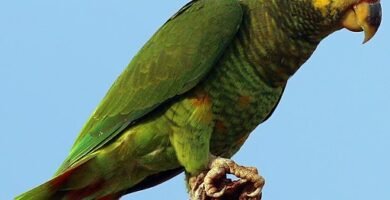
Yellow-headed Parrot (Alipiopsitta xanthops)
Reptiles
The city if Iquitos, in the Peruvian Amazon Rainforest, holds the world record for the greatest diversity of reptile species ever documented. This group includes the turtles, the snakes and the famous alligators of the Amazon Rainforest, the yacaré, the white and the black.
October 8, 2020

The legend of the charapa turtle’s owner
October 6, 2020
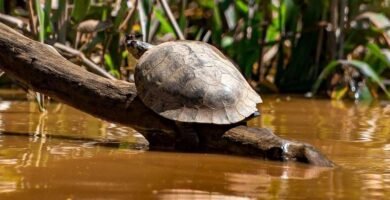
Charapa or arrau turtle (Podocnemis expansa)
May 25, 2020
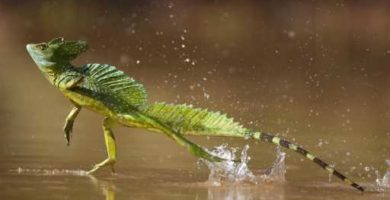
Jesus Christ (Basilisk) Lizard
May 21, 2020
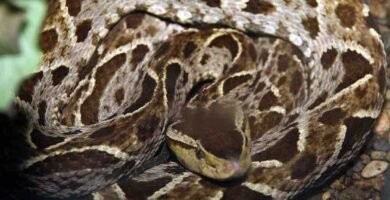
Fer-de-Lance/Terciopelo Snake (Bothrops asper)
April 26, 2020

Yacaré Caiman – Another Amazonian crocodile
April 24, 2020
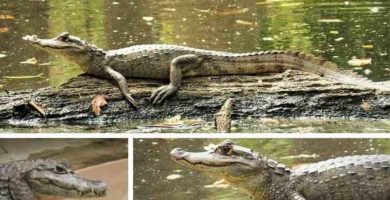
Crocodile or White Caiman
April 22, 2020
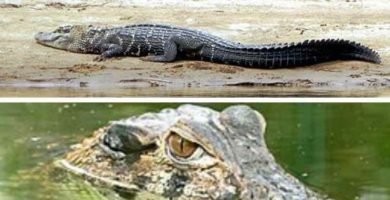
Black Caiman – A rare crocodile species
April 20, 2020
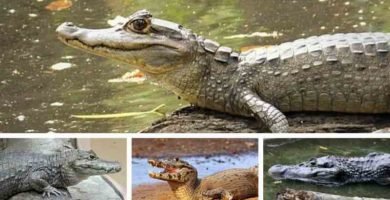
Caimans – Top Three Amazon Rainforest Crocodiles
Spiders
Arachnids are not insects as we might think. Spiders form a separate group of animals including the dreaded scorpions.
August 23, 2020

Goliath birdeater (Theraphosa blondi) Giant Spider
May 27, 2020
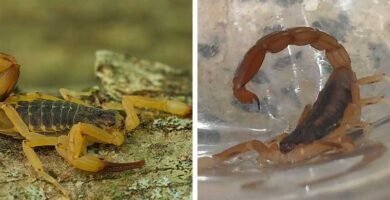
Scorpion Tityus Trivittatus
May 23, 2020
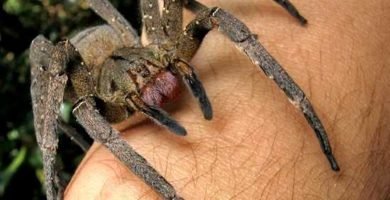
Banana Spider, or Brazilian wandering spider (Phoneutria nigriventer)
Rainforest Animals Drawing PDF for Kids
Bibliography
- de Santana, CD, Crampton, WG, Dillman, CB, Frederico, RG, Sabaj, MH, Covain, R., … & Bastos, DA (2019). Unexpected species diversity in electric eels with a description of the strongest living bioelectricity generator. Nature communications , 10 (1), 1-10.
- Costa, TND, Jacó, TRF, Casas, ALDS, & Bernarde, PS (2020). Injuries caused by fish to fishermen in the Vale do Alto Juruá, Western Brazilian Amazon. Journal of the Brazilian Society of Tropical Medicine , 53 .
- Cerrón, LAS, Ramos-Rodríguez, MC, Ruiz, LCJ, Chávez, JD Á., & Torres, RJV (2019). Contribution to the knowledge of the electric eel (Electrophorus electricus Linneo, 1776) in the Itaya River, Loreto, Peru. Amazon Science (Iquitos) , 7 (1), 127-136.
- Archer, R. (2016). Stunning supers with an electric attack. Journal of Experimental Biology , 219 (5), 612-612.
- Catania, KC (2015). Electric eels concentrate their electric field to induce involuntary fatigue in struggling prey. Current Biology , 25 (22), 2889-2898.
- Lourenco, W.R. (2005). Scorpion diversity and endemism in the Rio Negro region of Brazilian Amazonia, with the description of two new species of Tityus CL Koch (Scorpiones, Buthidae). Amazoniana , 18 (3-4), 203-13.
- Gómez, JP, Quintana, JC, Arbeláez, P., Fernández, J., Silva, JF, Barona, J., … & Otero, R. (2010). Scorpion stings Tityus asthenes in Mutatá, Colombia: epidemiological, clinical and toxinological aspects. Biomedical , 30 (1), 126-139.
- Javier, CA, & Bermudez, RV (1980). Snake bites-toxicity and laboratory studies. Rev Med Hond , 48 (2), 39-42.
- Castro, O., Gutiérrez, JM, Barrios, M., Castro, I., Romero, M., & Umaña, E. (1999). Neutralization of the venom-induced hemorrhagic effect of Bothrops asper (Serpentes: Viperidae) by tropical plant extracts. Journal of Tropical Biology , 47 (3), 605-616.
- López Sáez, JA, & Pérez Soto, J. (2009). Alexiteric plants: plant antidotes against poisonous snake bites.

Daniel Osorio holds a BA in Social Communication with a mention in Communication for Humanistic Development (Universidad de Los Andes, 2005). Film and TV director and screenwriter. Specialist in Digital Marketing (SEO, SEM, Adwords, Adsense). General Manager (CEO) at DMT Agency. He is the founding editor of the portal delamazonas.com among others.
May 15, 2020

Amazon Rainforest DANGEROUS Animals (TOP 10)
October 23, 2020

Rare animals of the Amazon Rainforest
This post is also available in:
![]() Español (Spanish)
Español (Spanish)
